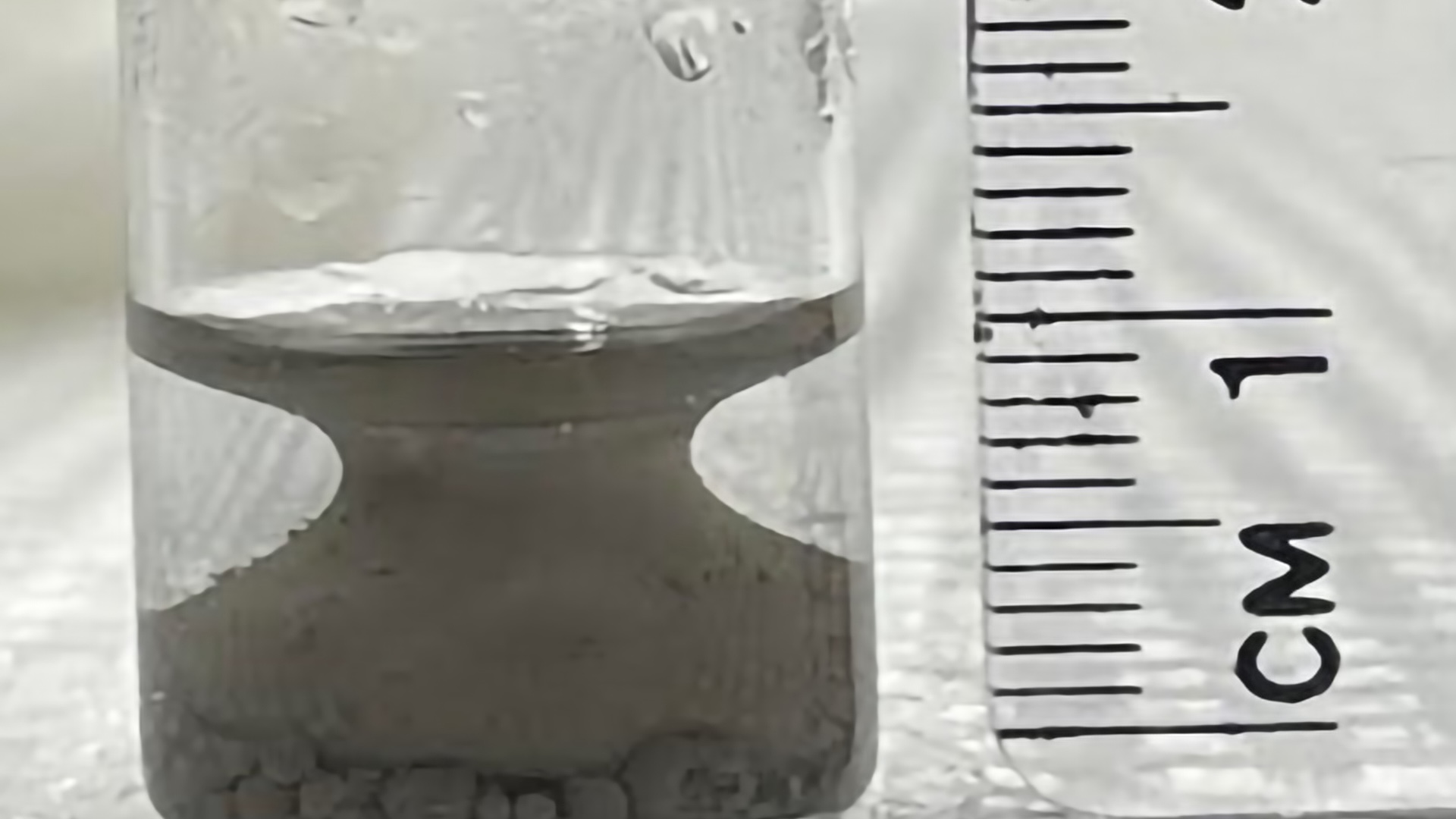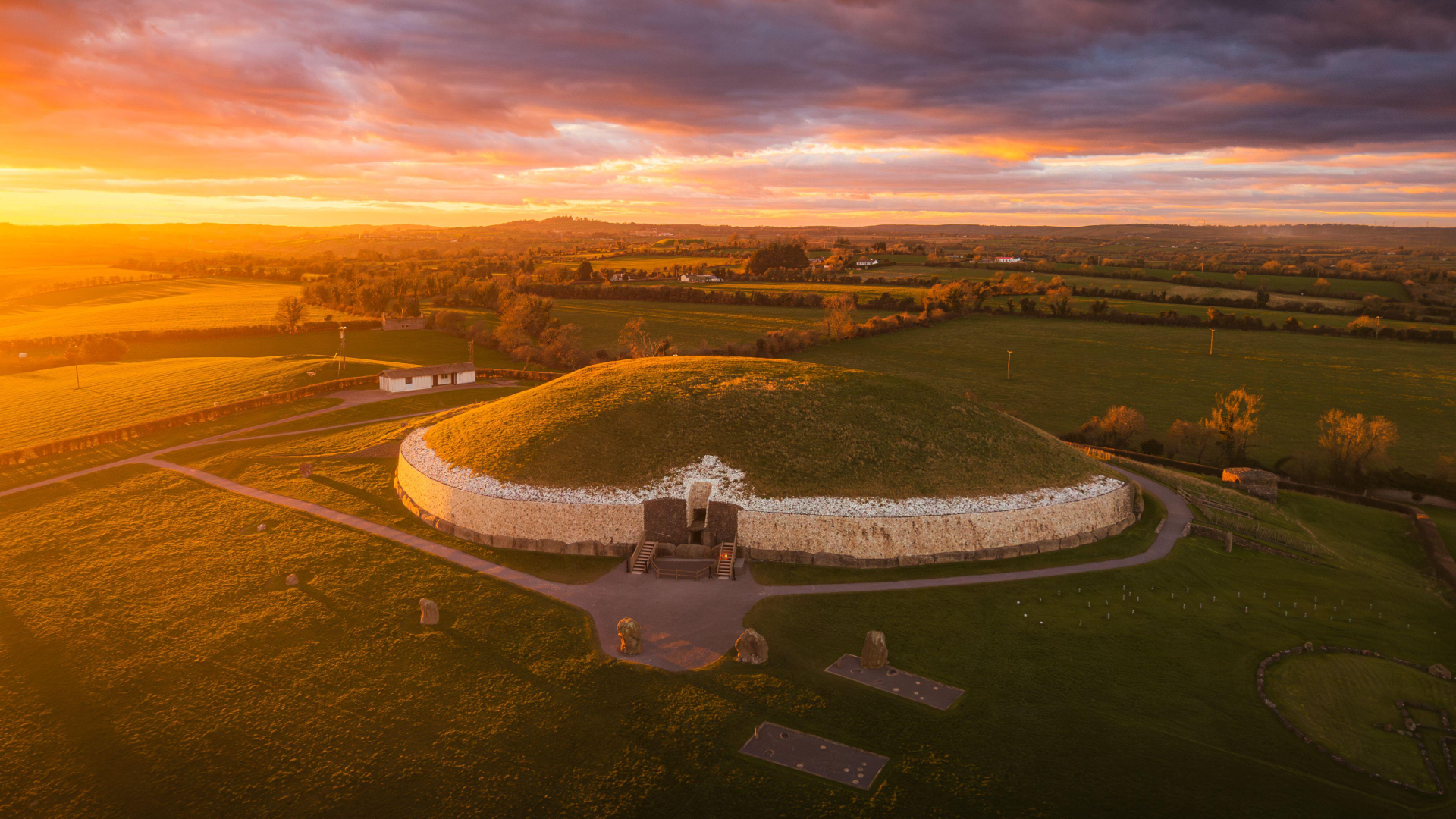5,000-year-old fortress found in Spain contains mysterious burial of Roman-era man with dagger
The nearly 5,000-year-old fortress in Spain has a much more recent burial dating to the Roman era.
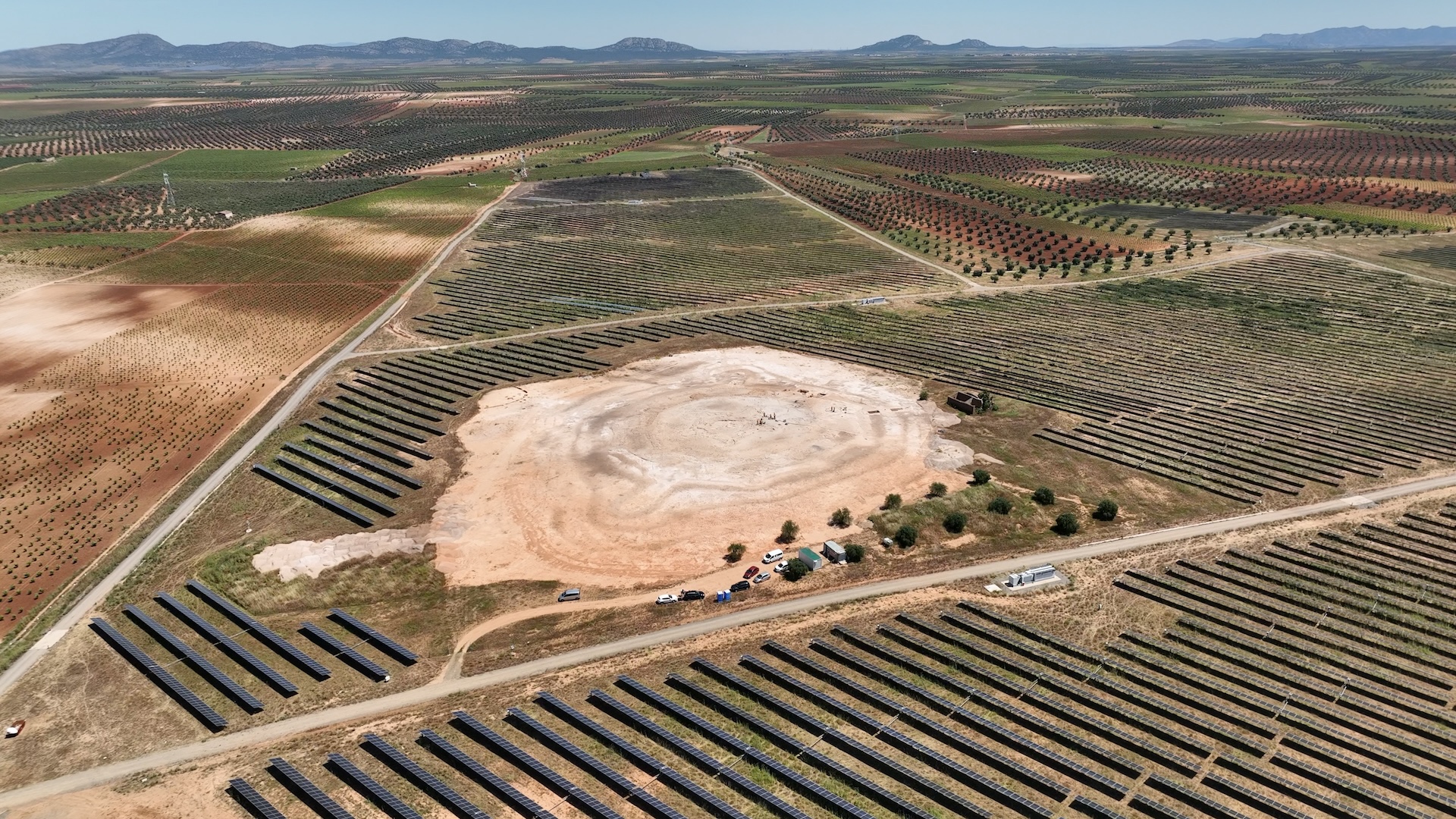
Archaeologists excavating an almost 5,000-year-old Spanish fortress were surprised to find a burial from a much more recent era: a man from ancient Rome who was buried with a military dagger.
The remains of the man, who died between the ages of 25 and 35, were discovered near the fortress's outer wall. This presents a mystery because, at the time of his death, the structure would have been abandoned for more than 2,500 years and the walls had probably collapsed, said archaeologist César Pérez, the site's excavation leader.
The Romans occupied what's now Spain from 218 B.C. until roughly the fourth century A.D. The fortress burial included a "pugio" — the standard dagger of the Roman army — that suggests the dead man was a soldier and possibly a deserter. But he may instead have been a victim of murder, accident or disease, Pérez told Live Science.
The burial seems out of place because no other traces of occupation by the Romans or any later peoples have been found at the fortress site. It is also possible that the man was buried there because the Romans sometimes used ancient monuments to inter their dead, Pérez explained.
Related: 1,900-year-old Roman sanctuary and coin found in flooded Spanish cave
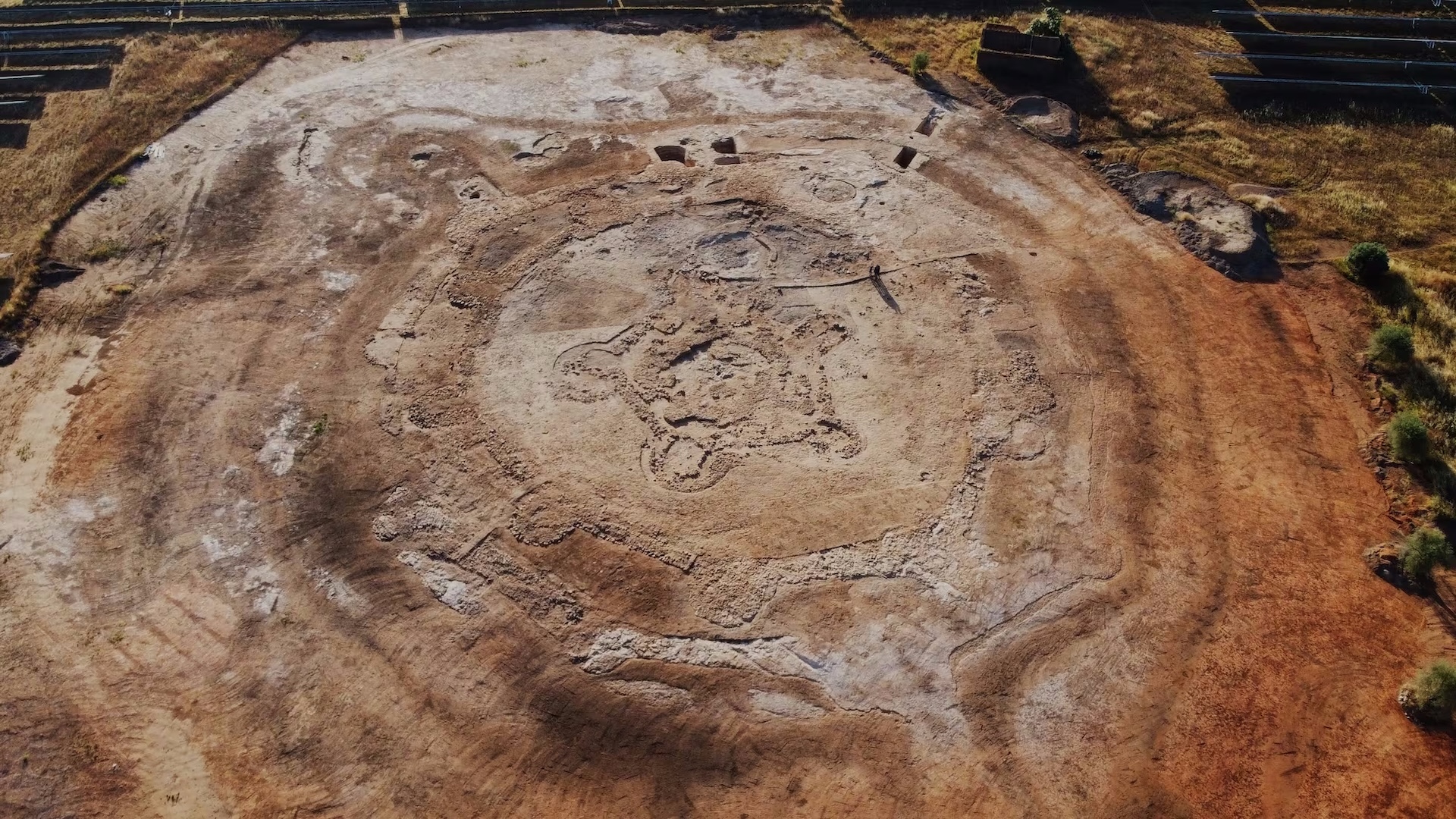
The fortress is much larger and more elaborate than expected for this time, which suggests the ancient people who built it had knowledge of attacking and defending such structures.
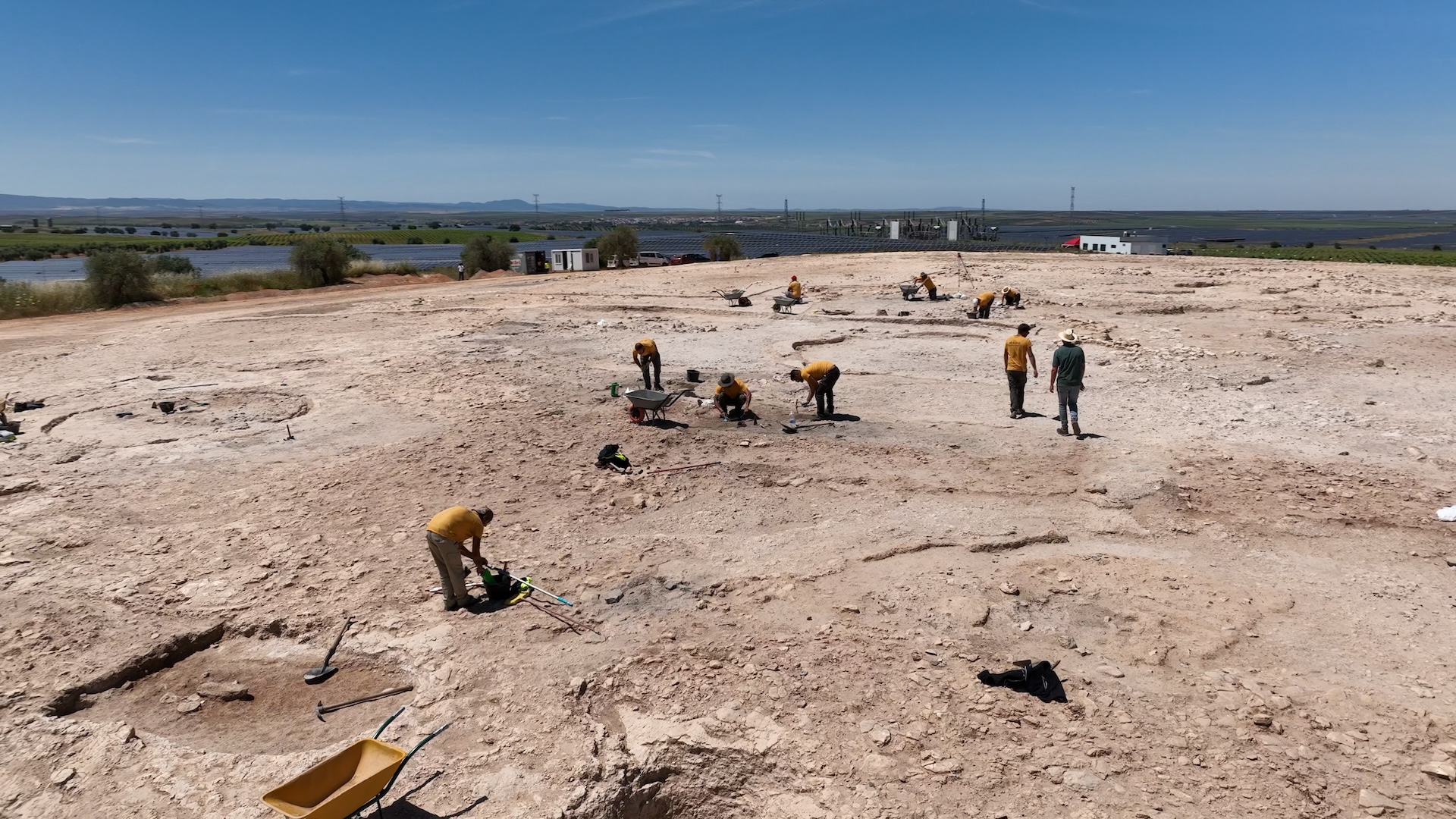
Archaeological excavations show that the fortress was built almost 5,000 years ago and abandoned roughly 2,500 years ago.
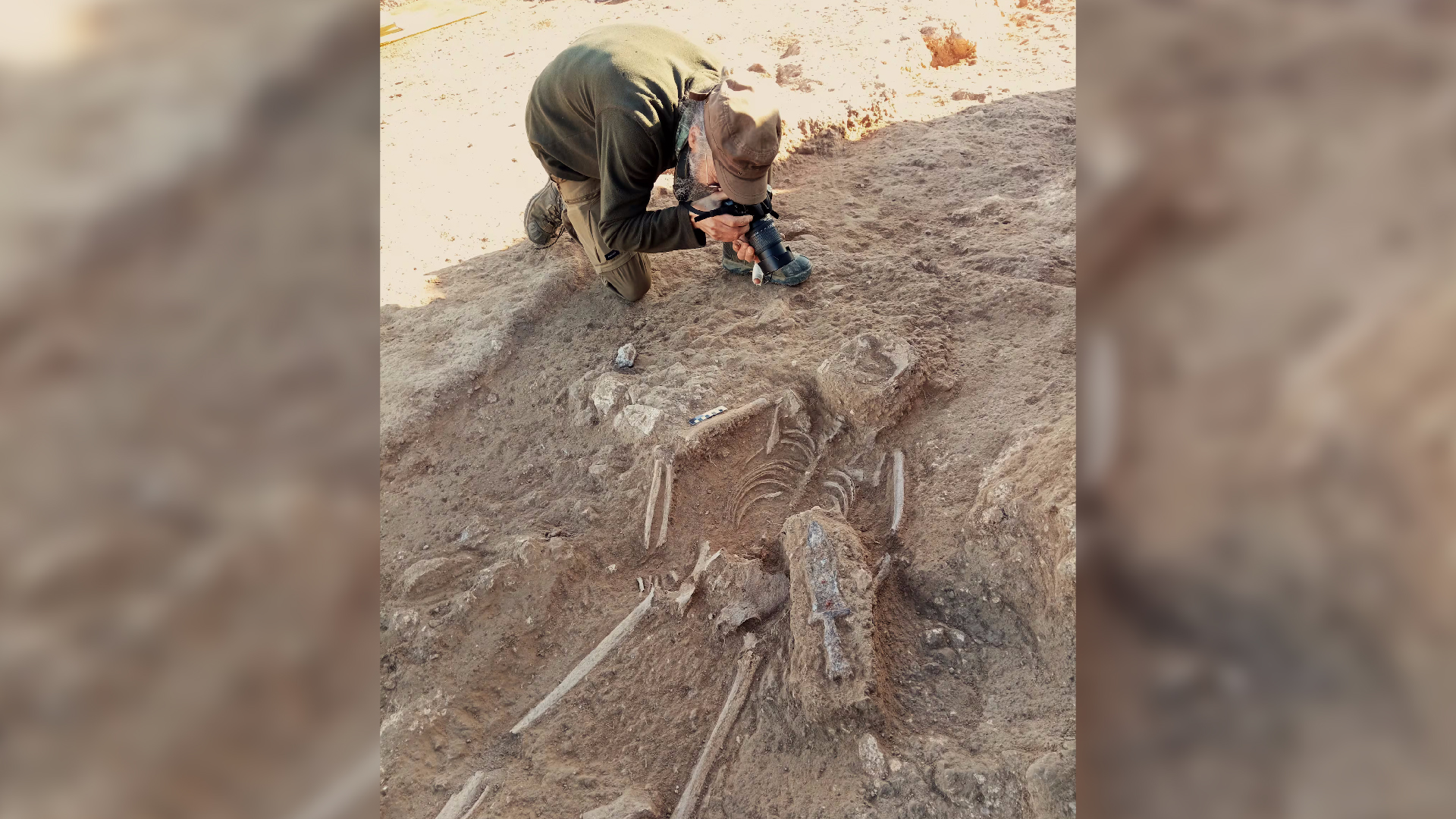
Archaeologists also found a Roman Age burial at the site that they think dates from more than 2,500 years after the fortress was abandoned.
Copper Age fortress
The fortress site, located on a hilltop near the town of Almendralejo in southwestern Spain, has been dubbed "Cortijo Lobato" after a local farm. It was discovered by an energy company, Acciona Energia, in 2021 during surveys for a solar power plant. The firm has now engaged the private archaeological company Tera S.L. to document the site while the solar power plant has been built around it.
The ruined fortress is much larger and more elaborate than expected, and shows that the local people had a sophisticated knowledge of defending and attacking such structures, Pérez said. The ruins date back to the "Chalcolithic" or Copper Age (between about 3200 and 2200 B.C. in this region), the period before the Bronze Age when people had learned to add tin to copper to make it more durable.
Sign up for the Live Science daily newsletter now
Get the world’s most fascinating discoveries delivered straight to your inbox.
The ancient fortress features a five-sided central enclosure, which is surrounded by four ditches and two concentric walls, with diameters of about 200 feet (60 meters) and 250 feet (77 m).
Its outer wall was originally about 6.5 feet (2 m) thick and reinforced with 10 semicircular projections called bastions that were up to 20 feet (6 m) across. The gates to the fortress were extremely narrow and would have allowed only one person at a time to pass, Pérez said.
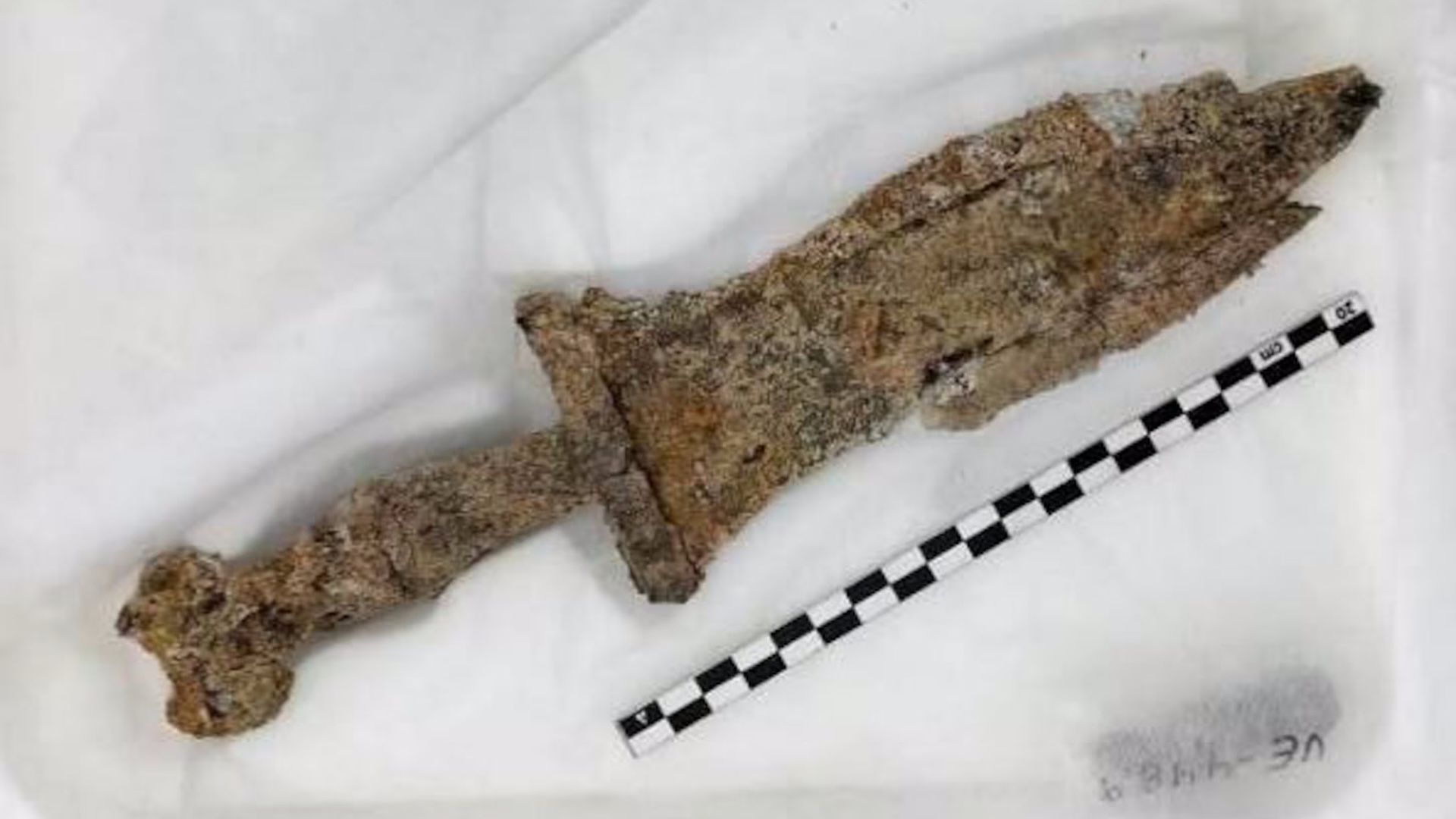
The Roman grave was of a man aged between 25 and 35 who was buried with a standard Roman military dagger, known as a "pugio."
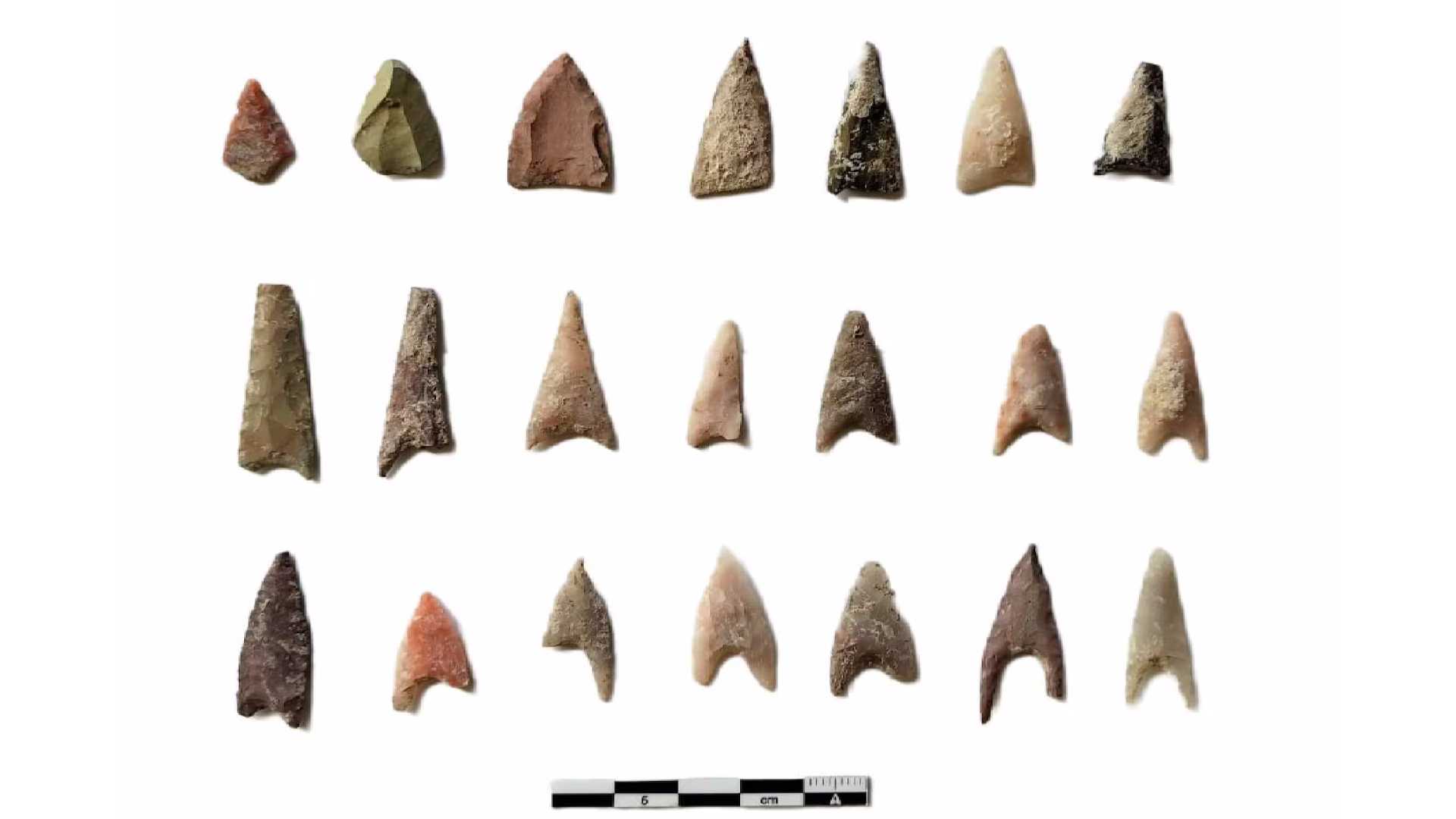
Other artifacts unearthed at the site included these stone arrowheads, which archaeologists think date from the initial occupation of the fortress more than 4,500 years ago.
Mystery abandonment
Evidence of extensive fire damage to the walls and in the ditches indicate that the fortress at Cortijo Lobato was sacked in a violent attack and abandoned around 2450 B.C. — although the archaeologists can't say who destroyed it, or who was defending it. The entire site is spread over more than 3 acres (1.2 hectares) and included a reservoir for water, presumably so that the defenders could better withstand a siege.
Pérez said the central enclosure seems to have been built about 500 years before the fortress was abandoned, while the walls and ditches surrounding it seem to have been built at a later date.
This expansion of fortifications reflected a greater need for protection, and suggests that the fortress had evolved from a small stronghold into a regional defensive center, Pérez said.
Tom Metcalfe is a freelance journalist and regular Live Science contributor who is based in London in the United Kingdom. Tom writes mainly about science, space, archaeology, the Earth and the oceans. He has also written for the BBC, NBC News, National Geographic, Scientific American, Air & Space, and many others.
You must confirm your public display name before commenting
Please logout and then login again, you will then be prompted to enter your display name.




